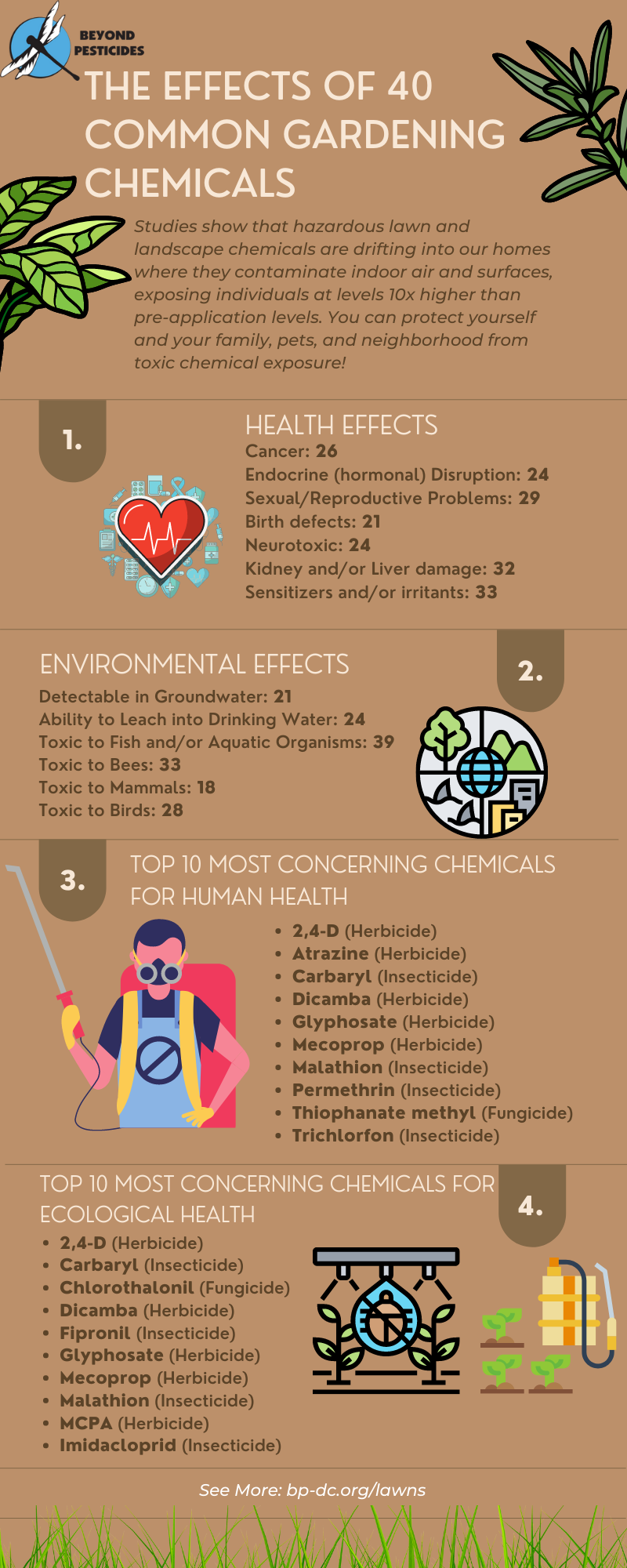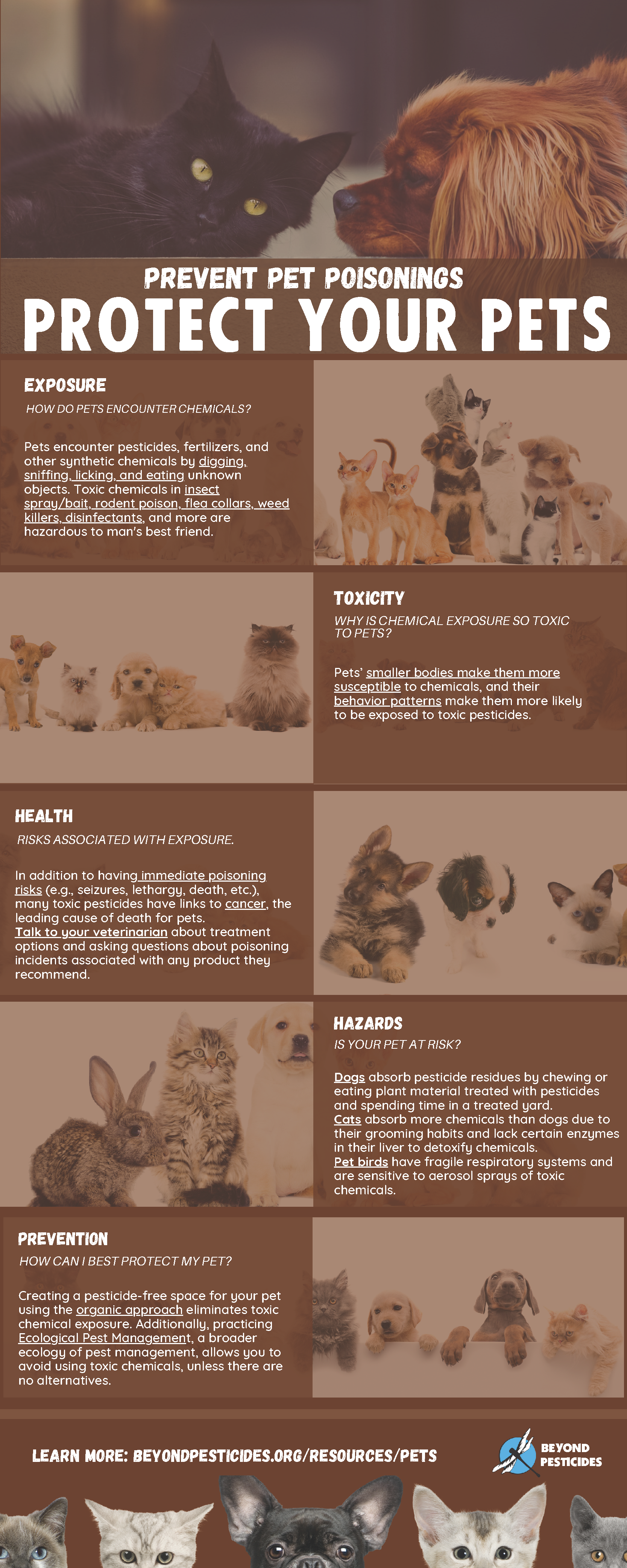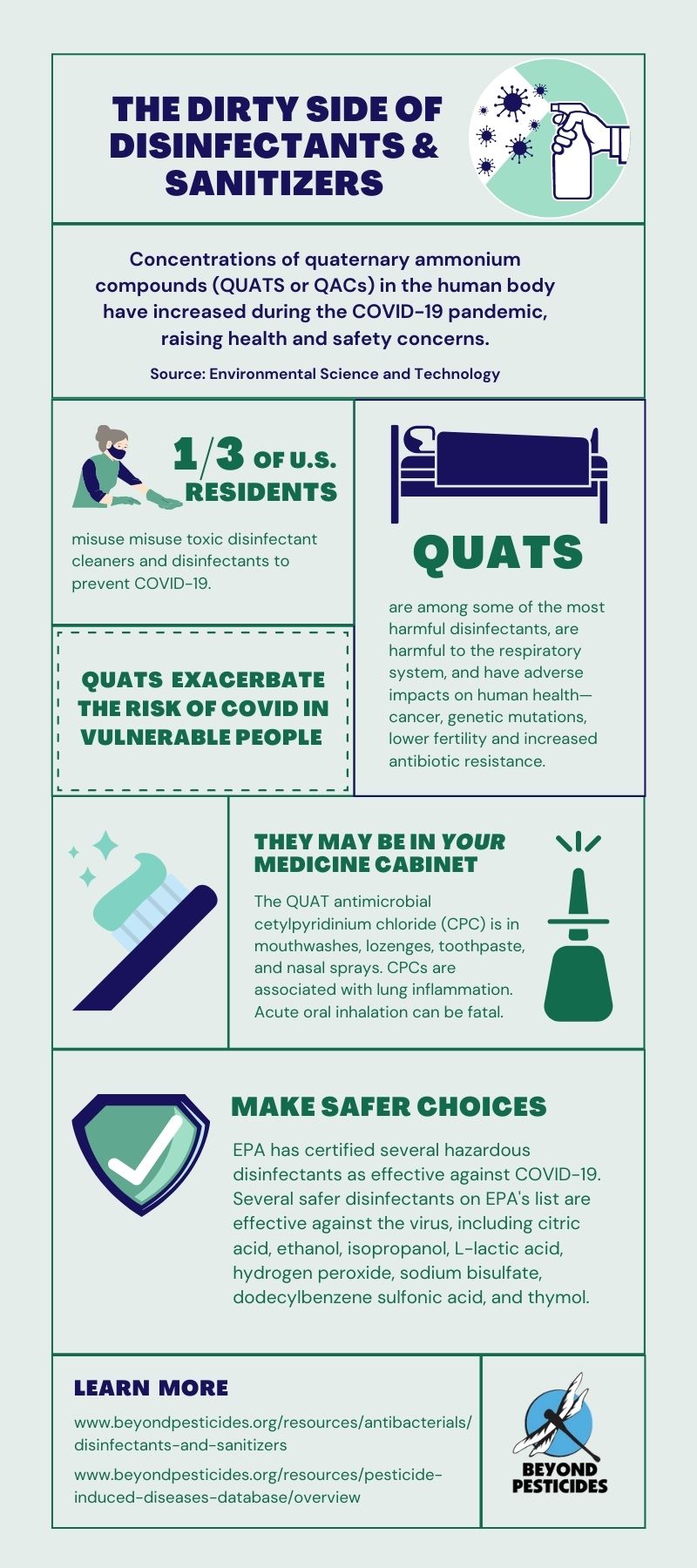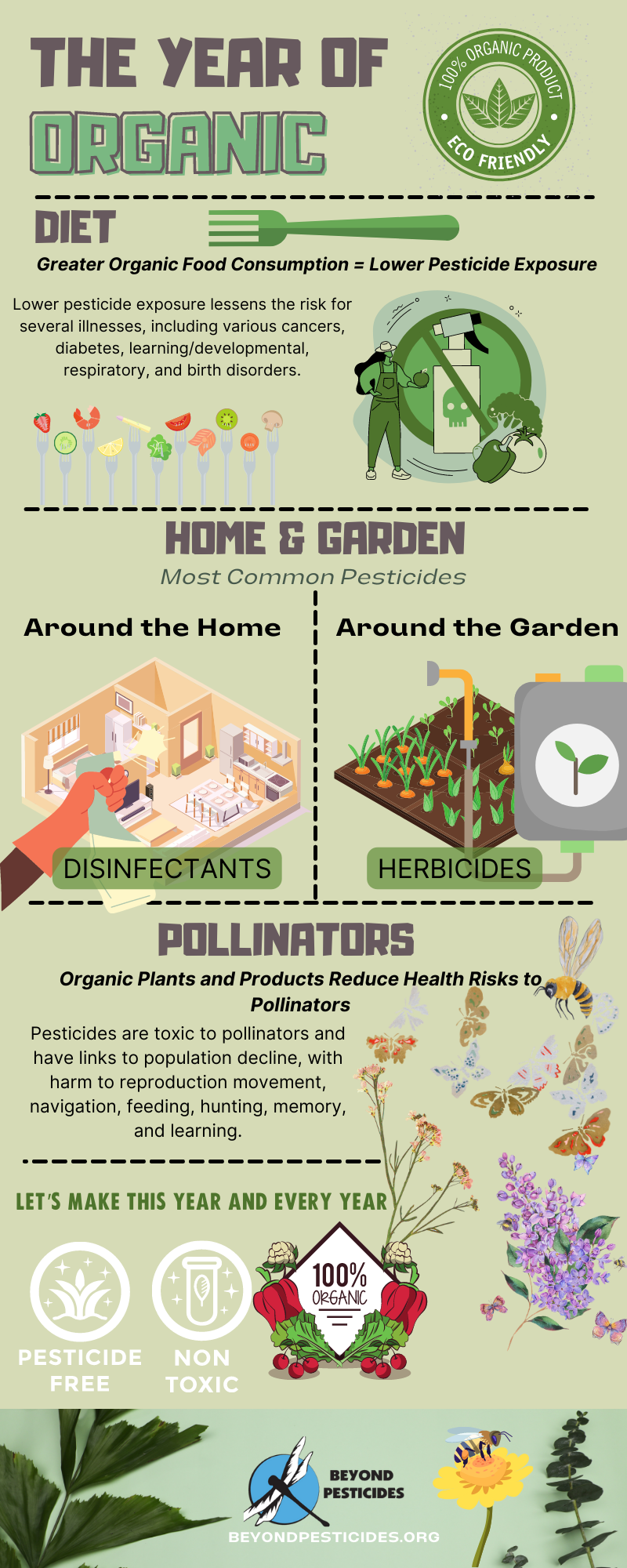14
Apr
Two Pesticides Threaten Dozens of Endangered Species, EPA Proposes Failed Risk Mitigation Measures
(Beyond Pesticides, April 14, 2023) In March, scientists at the National Marine Fisheries Service (NMFS) issued a draft Biological Opinion (BiOp) stating that carbaryl and methomyl â two commonly used carbamate insecticides â cause significant harm to dozens of already-endangered fish species in the Pacific Northwestâs Columbia, Willamette, and Snake rivers. The BiOp indicates that these toxic compounds, in wide use on orchards and field vegetables throughout the Willamette Valley, the Columbia River Gorge, and southeastern Washington, will likely threaten scores of species on the Endangered Species list: 37 species at risk from carbaryl and 30 from methomyl. In addition, the BiOp says, âboth are likely to harm or destroy many areas designated as critical habitat for endangered species.â The mitigation measures proposed by NMFS and the U.S. Environmental Protection Agency (EPA), in light of this BiOp, are likely to be inadequate to the problem, given that both compounds can drift through air and/or migrate into groundwater and generate toxic runoff.
These two neurotoxic insecticides, carbaryl and methomyl, are very toxic to bees, birds, fish, and other aquatic organisms. In addition, carbaryl is a likely human carcinogen and an endocrine disruptor, and has harmful impacts on multiple bodily systems. Methomyl is also an endocrine disruptor, and can cause renal and hepatic damage.
NMFS and U.S. Fish and Wildlife Service (FWS) are the lead federal agencies tasked with implementing the Endangered Species Act (ESA). Under the lawâs requirements, EPA must evaluate any pesticide it registers to make sure it is not likely to result in jeopardy to the âcontinued existence of any listed species or result in the destruction or adverse modification of designated critical habitat of such species.â
When EPA makes a determination that a pesticide product may so affect such species or habitats, the agency must initiate formal consultation with NMFS, the FWS, or both. Those agencies may then develop and issue their own BiOps on the jeopardy a pesticide presents to listed species and/or critical habitats. The new NMFS draft BiOp is open to public comment until May 15; at some point after that date, EPA will provide official comments to NMFS for consideration in developing its final opinion.
Beyond Pesticides has noted â in its 2020 comments on the draft ESA Biological Evaluations for carbaryl and methomyl â that the ESA embodies a more precautionary approach than does the Federal Insecticide, Fungicide and Rodenticide Act (FIFRA), federal pesticide law. The consultation requirement means that scientists at FWS and/or NMFS, who have greater expertise in evaluating harms to species and their habitats than do EPA scientists, have the chance to influence EPA pesticide regulation.
The draft BiOp suggests measures to âavoid jeopardy, including a flexible list of chemical-specific measures to reduce loading of pesticides into aquatic habitats to protect them from adverse effects of pesticide exposure. It also includes measures to minimize take and impacts to critical habitats, such as the development of ESA educational materials, reporting of label compliance monitoring, and inclusion of label information about ecological incident reporting.â (Under ESA, âtakeâ means unintentional harm or killing of an individual of a protected species.) According to Oregon Public Broadcasting, FWS ârecommends either prohibiting the chemicals within 300 meters (about 325 yards) of speciesâ habitat or implementing mitigation practices, like expanding vegetation ditches as buffers or using tools that reduce runoff.â
The EPA website indicates that it and NMFS are particularly interested in public comments relating to (1) additional risk reduction options beyond those described in the biological opinion; (2) the general feasibility of drift reduction measures based on wind direction; and (3) runoff and/or spray drift reduction technologies. Clearly, EPA is aware that drift and runoff represent ongoing vectors for listed speciesâ exposures to these two compounds; a between-the-lines read might reasonably conclude that EPA understands that current measures do not adequately protect the Northwest species at risk from carbaryl and methomyl.
As background: According to the EPA website, in March 2021, the agency completed its final biological evaluations for carbaryl and methomyl â resulting in determinations of âlikely to adversely affectâ (LAA) for 1,640 listed species and 736 designated critical habitats for carbaryl, and 1,098 listed species and 736 designated critical habitats for methomyl. Carbaryl continues to undergo the every-15-years registration review required by FIFRA, the federal statute governing all things âpesticideâ). In October 2022, EPA announced revisions to the proposed interim registration decision on methomyl.
In late December 2022, EPA proposed new mitigations to attempt to curb some of the harms of carbarylâs use, including:
âą some use cancellations for residential dust formulations, residential granular formulations on turf, use on rice, and backpack applications to control tree boring beetles
âą additional personal protective equipment for some uses
âą longer restricted entry intervals for some uses
âą mandatory spray drift language that prohibits application within 25 feet of aquatic habitats for ground applications and 150 feet for aerial applications
âą mitigation to reduce runoff through protection statements and application restrictions during rain
âą measures to protect pollinators from carbaryl exposure, including restrictions on applications during bloom
EPA also proposed at the time a âpilotâ set of measures for protection of four endangered species, one of which was â notably â steelhead trout in the upper Columbia River. It also offered a number of âreasonable alternative measuresâ intended to protect listed salmon and steelhead species in Washington, Oregon, Idaho, and California; those included vegetated filter strips, retention ponds, water control structures, no-till/reduced tillage practices, riparian hedgerow, and no-spray buffers. As of publication, no evidence of the enactment of these measures was publicly and readily available.
As for methomyl, EPA issued (in 2022) Proposed Revisions to the Methomyl Proposed Interim Registration Review Decision â on the heels of a successful lawsuit brought by the Center for Biological Diversity and Pesticide Action Network. EPA had made LAA determinations for 1,098 species and 281 designated critical habitats in its BiOp on the compoundâs impacts. In response, the agency proffered another set of mitigation measures (roughly analogous to those for carbaryl), including a three-species pilot. Remarkably, EPA concluded that the proposed FIFRA mitigation largely addresses the potential effects, on Pacific salmon and steelhead species, of the use of methomyl.
In February 2023, Beyond Pesticides reported on other chemical pesticide assaults on Northwest salmonid species (which include steelhead trout); previously, we covered the harms of three organophosphate pesticides (chlorpyrifos, malathion, and diazinon) on these same species. (The organophosphate insecticide malathion and methomyl have a similar mode of action â acetylcholinesterase inhibition.) These fish species are economically, culturally, and ecologically critical to the region. The multiplicity of pesticides to which they are exposed, given intensive agricultural pesticide use in the region, contributes significantly to the well-documented decline of salmonid species. Subject simultaneously to impacts of pesticides, habitat loss, and climate change, these species are in trouble.
EPA has a history of continuing to allow use of pesticides that are demonstrably harmful, and taking relatively anemic measures to amend the compoundsâ use, in an attempt to reduce harms; examples fairly abound. In the current biodiversity crisis, for which pesticides bear some responsibility, the agencyâs lack of robust protective action is unacceptable.
In March 2022, EPA â succumbing to industry pressure â continued the registration of the organophosphate insecticide malathion, despite the agencyâs own findings that this class of insecticides has negative impacts on more than 1,000 endangered and threatened species, and that malathion, specifically, threatens 1,284 species. In 2021, EPA reregistered paraquat, the most acutely dangerous herbicide on the market, with some additional constraints on its use. (It subsequently went to a federal court in October 2022 to request permission to return and reconsider its decision to reapprove paraquat.)
In 2016, EPA registered sulfoxaflor, a so-called ânovel,â systemic, neurotoxic insecticide that, like neonicotinoids, acts on nACh (nicotinic acetylcholine) receptors, and is very toxic to bees. Beyond Pesticides wrote at the time, âThis decision is the final result of a long-fought legal battle over the chemicalâs registration, spearheaded by beekeepers and public health organizations concerned with what has been identified as EPAâs inadequate and flawed pesticide review processes. The agency claims that amendments made to the original registration . . . will protect pollinators. However, scientific studies have shown that there is no way to fully limit exposure to bees, especially native species that exist naturally in the environment, given that the chemical, being systemic, is found in pollen, nectar, and guttation droplets.â
Sulfoxaflor is used to kill aphids and another sucking/piercing insects on many crops, including vegetables, fruits and tree fruits, and nuts. In 2019, EPA granted approvals for sulfoxaflor to be used extremely widely on crops that are highly attractive to pollinators â an astonishing move, given the toxicity to bees. Research suggests that beneficial insects are exposed to sulfoxaflor at relatively high concentrations in agricultural environments. In a late 2021 win for bees, a California Superior Court ruled that this âfield legal but bee lethalâ pesticide could no longer be used in the state.
In its comment to EPA on registration of sulfoxaflor, Beyond Pesticides wrote, âEPA is proposing to repeat missteps of the past by registering a pesticide known to be toxic to nontarget organisms without all required data to ensure its safety. As already seen with the neonicotinoid clothianidin, and the herbicide aminocyclopyrachlor, conditional registration without relevant ecological data can be detrimental to non-target species.â Indeed, according to The Chicago Tribune, attorneys general from Illinois and 12 other states have now called on EPA to restrict use of sufloxaflor because of its toxic impacts on bees and other pollinators.
Beyond Pesticides Executive Director Jay Feldman notes that, âEPA is consistently unrealistic and downright misleading about the real effects of the pesticide risk mitigation measures it enacts. They do not meet the agencyâs statutory mandate to protect health and the environment; what result are agency decisions that allow harm to those people and ecosystems EPA is charged with protecting.â
Beyond Pesticides has repeatedly critiqued EPA for its abject lack of appropriate protective action on toxic pesticides â especially in the face of species on the brink of extinction, the unfolding pollinator and insect collapse, endemic human health impacts, and widespread contamination of natural resources and ecosystems. Many health and environmental advocates see EPA as an irresponsible federal agency falling far short of meeting its mission, as the nation (and world) face those extreme challenges.
“EPA is proposing risk mitigation measure that the agency knows do not work. It’s shameful,” said Mr. Feldman. He continued, “EPA knows that nothing short of cancellation is adequately protective, and the agency should know that we no longer need these toxic chemicals to produce food and manage landscapes.”
Conventional, chemical-intensive U.S. agriculture â and the huge network of businesses, trade groups, and government agencies and programs that inform, support, and help fund it â is incredibly âdug inâ to pesticide use as the way to do business. This grave and recklessness addiction to chemical pesticides in agriculture can be genuinely solved through a solution that is known, demonstrable, executable, and scalable: the transition to organic, regenerative agricultural practices. Organic agriculture can not only maintain productivity and profitability, but also, increase societal resiliency, sustain living beings and Natureâs functional integrity, and liberate everyone and everything from the toxic impacts of pesticides.
All unattributed positions and opinions in this piece are those of Beyond Pesticides.















